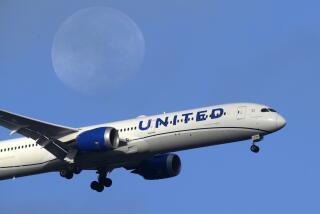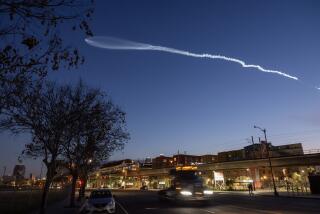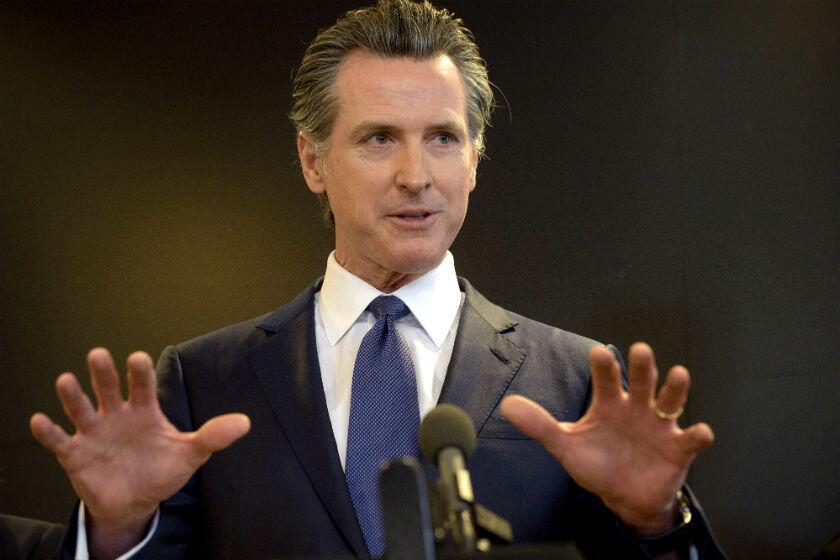Virgin Galactic signs agreement with FAA, steps closer to spaceflight
- Share via
Virgin Galactic, British billionaire Richard Branson’s commercial space venture, announced an agreement with the Federal Aviation Administration that helps clear the path to send paying customers on a suborbital flight from a spaceport in New Mexico.
The agreement does not give the company a license to launch routine missions to space. Rather, it sets the parameters for how these missions will take place in national airspace.
Virgin Galactic hopes to make its first passenger flight sometime this year from Spaceport America in New Mexico, where the company plans to conduct operations. The company said it has taken more than 600 reservations for the ride.
Even though Virgin Galactic is planning for 2014 commercial flights, there is a long road of approvals, involving safety concerns, environmental impact and insurance matters.
The agreement announced Thursday spells out how the FAA’s Albuquerque air traffic control center and the state’s spaceport authority will work with Virgin Galactic to clear airspace for the company’s spaceship.
Until now, astronauts have reached space packed tight in a capsule or shuttle attached to a high-powered rocket.
Instead, Virgin Galactic will use a WhiteKnightTwo carrier aircraft that will fly with the reusable SpaceShipTwo rocket plane under its wing to 50,000 feet, where the spaceship will separate and blast off.
When the rocket motor engages, it will power the spaceship to nearly 2,500 mph and take the pilot -- and up to six passengers -- to the edge of space, or more than 60 miles above the Earth’s surface.
Once they reach that suborbital altitude, passengers will experience weightlessness and see the curvature of the Earth. Then they will reenter the atmosphere and glide back to the runway. The price for the experience: $250,000.
The WhiteKnightTwo carrier aircraft, which resembles a flying catamaran because it has two fuselages, and SpaceShipTwo are still in the midst of a test-flight program at Mojave Air and Space Port, about 100 miles northeast of Los Angeles.
Tests will continue in the desert until Virgin Galactic believes that it can begin commercial operations and gains all the necessary approvals from federal authorities.
“Our team is working hard to begin routine and affordable space launches from Spaceport America and this agreement brings us another step closer to that goal,” Virgin Galactic Chief Executive George Whitesides said in a statement. “We are grateful to the FAA and New Mexico for their partnership to achieve this milestone.”
More to Read
Inside the business of entertainment
The Wide Shot brings you news, analysis and insights on everything from streaming wars to production — and what it all means for the future.
You may occasionally receive promotional content from the Los Angeles Times.










